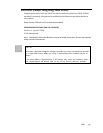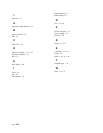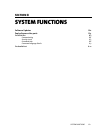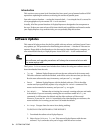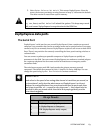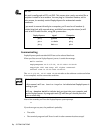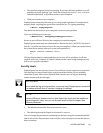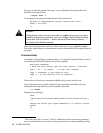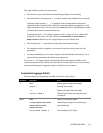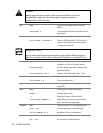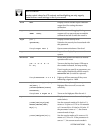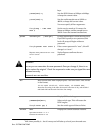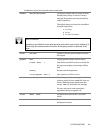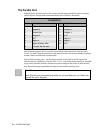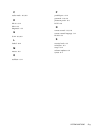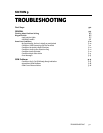
SYSTEM FUNCTIONS 8-7
The reply will always take the same format:
• The first line is the name of the command ZephyrExpress is describing.
• The second line is the argument — a word or number that modifies the command.
Anything within brackets [ ] is optional. Some commands have the entire
argument within brackets; if you send this command without an argument, it will
report the present value. So if you just sent baud and Return, ZephyrExpress would
send back the current communication rate.
Anything between < > is a single argument. A bar | means or, as in “choose this
argument or the other”. So you could send baud #4800, or baud #9600, or
baud #19200 and Return to set ZephyrExpress to one of those rates.
• The text after the --- separator describes how the command works.
• If an argument allows a hyphen, you can use it keep the existing value for that
parameter.
• For most commands, you can enter a hyphen (the line should consist of just -¦) to
repeat the last command with all the same arguments.
If you send ? *¶, ZephyrExpress will describe all the commands available at the
current security level. Since this is a lot of text sent in a continuous burst, be sure to have
your terminal program’s logging or capture to file function turned on.
Command Language Details
This chart shows the commands available at the User security level.
Command Argument Notes
? none
[topic |
*]
Display general help instructions
Get help about topic.
Display all topics with their help.
Example ? baud ¶ Returns instructions on using the Baud
command
baud none
[<#300|#600|#1200|#2400|
#4800|#9600|#19200|
#38400|#57600>]
Display current port speed.
Immediately change to the serial port
speed indicated.
Example baud #19200 ¶ Sets serial port to 19.2kbps



